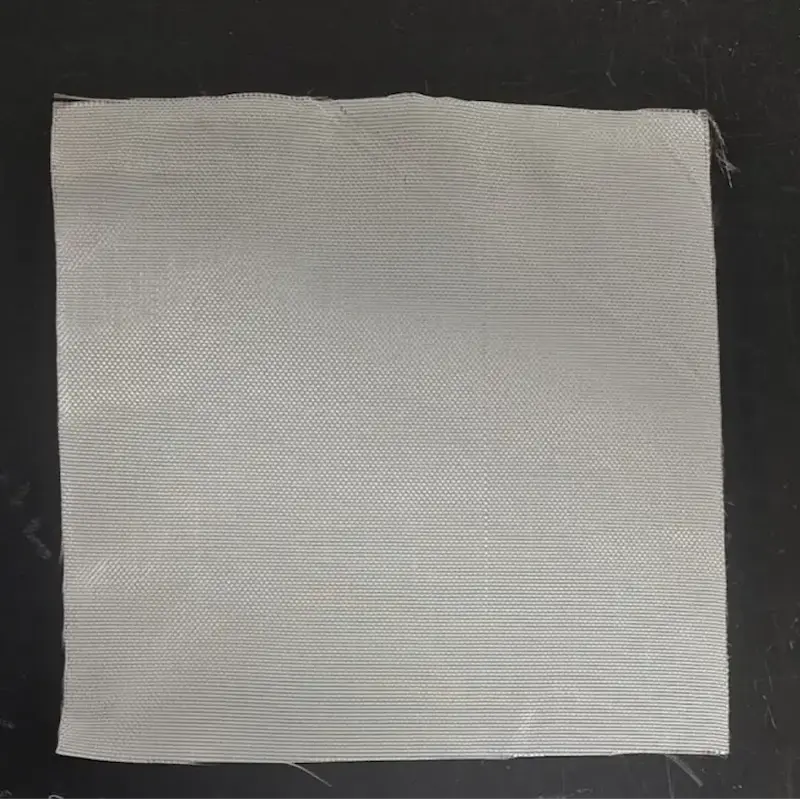Filament Woven Geofabric
Filament woven geofabrics, also known as woven geotextiles, are materials made from synthetic fibers that are woven together to form a strong and durable fabric. These geofabrics find numerous applications in various civil engineering and environmental projects due to their mechanical properties, including tensile strength, durability, and filtration capabilities.
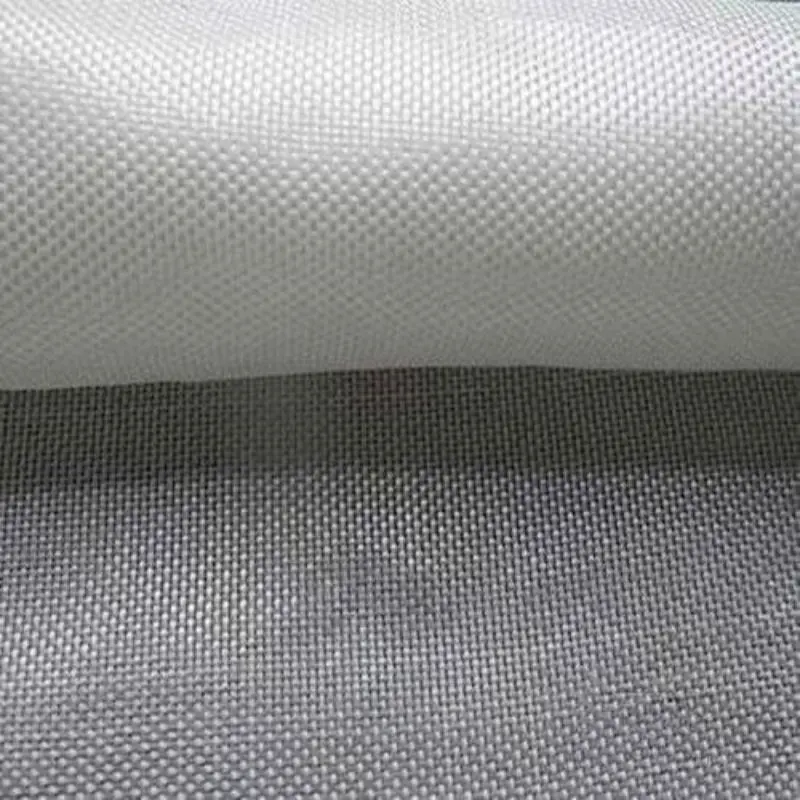
Product Parameters
| item | index | |||||||||||
Nominal fracture strength (kN/m) | 35 | 50 | 65 | 80 | 100 | 120 | 140 | 160 | 180 | 200 | 250 | |
| Longitudinal Tensile Strength(kN/m) ≥ | 35 | 50 | 65 | 80 | 100 | 120 | 140 | 160 | 180 | 200 | 250 | |
| Transverse Tensile Strength(kN/m)≥ | According to the agreement, in the absence of specific requirements, it is to be calculated at 70% of the Axial Tensile Strength | |||||||||||
| Tensile Strength at Standard Elongation% ≤ | 35 in the warp direction, 30 in the weft direction | |||||||||||
CBR puncture strength(kN) ≥ | 2.0 | 4.0 | 6.0 | 8.0 | 10.5 | 13.0 | 15.5 | 18.0 | 20.5 | 23.0 | 28.0 | |
| Effective Pore Diameter(O90O95/mm) | 0.05~0.50 | |||||||||||
| vertical permeability coefficient(cm/s) | K×(10-²~10~5) 其中:K=1.0~9.9 | |||||||||||
Performance Characteristics
1, High tensile strength and initial modulus, with small elongation at break and creep.
2, Stable structure maintained by the mutual extrusion of warp and weft yarns, making high-strength woven geotextile particularly suitable for reinforcement, strengthening, and isolation purposes.
720378.webp)
Design and Construction Considerations
1, High-strength woven geotextile functions as a planar filter with large pore sizes, ranging from 0.05 to 0.08 mm. During anti-filtering, small sand and gravel particles are prone to wash away.
2, Flat yarn woven geotextile is susceptible to clogging. Single yarn fabrics are less prone to clogging and are suitable as non-cohesive soil filter layers.
3, The fabric has a small thickness, limited horizontal drainage capability, and is not suitable as a drainage material. Woven fabric has low elastic elongation and is prone to puncture and penetration when in contact with hard materials.
4, Polypropylene woven fabric exhibits strong resistance to acid and alkali, while polyester woven fabric has strong resistance to ultraviolet radiation.
5, It can be made into fabric bags filled with concrete for shore protection projects.
Please note that technical terms may vary, and it is advisable to consult industry-specific terminology and standards for precise translations in certain contexts.
Applicaitons
1, Road Construction and Pavement Reinforcement:
Filament woven geofabrics are often used in road construction to enhance the stability and performance of pavements. They help distribute loads and reduce the potential for reflective cracking in asphalt overlays.
2, Soil Reinforcement and Stabilization:
Geofabrics are used to reinforce and stabilize soil in applications such as embankments, slopes, and retaining walls. They improve the overall strength of the soil and prevent erosion.
3, Railway Track Stabilization:
Filament woven geofabrics are employed in railway construction to stabilize the underlying soil and provide additional support to the track structure. They help reduce settlement and increase the load-bearing capacity of the track bed.
4, Erosion Control:
Geofabrics are used for erosion control in riverbanks, shorelines, and other areas prone to soil erosion. They prevent the loss of soil particles while allowing water to pass through, promoting vegetation growth.
5, Retaining Walls and Reinforced Earth Structures:
Filament woven geofabrics play a crucial role in the construction of reinforced earth structures and retaining walls. They provide tensile strength to the structure and enhance its stability.
6, Tunnel Construction:
Geofabrics are employed in tunnel construction to provide support and reinforcement to the surrounding soil or rock.
7, Coastal and Shoreline Protection:
Woven geofabrics contribute to coastal and shoreline protection projects by preventing soil erosion and stabilizing the shoreline.

Construction Attentions
1, Foundation Preparation: Ensure the surface of the foundation soil is smooth, free of major irregularities, and remove any sharp objects that could damage the geotextile.
2, Specifications and Performance: Choose geotextile with appropriate specifications and performance to meet the design requirements of the project. Different types of geotextiles may be needed for different project environments and requirements.
3, Installation Method: Follow the specified installation method and standards, ensuring that the geotextile is stretched and fixed according to specifications. Overlapping edges sufficiently is typically required to ensure the continuity of the entire coverage layer.
4, Seam Treatment: If it is necessary to connect two pieces of geotextile in the project, use suitable seam materials and methods to ensure the strength and impermeability of the seam are not compromised.
5, Fixing Method: Geotextile is usually fixed using iron nails, ground staples, or other fastening materials. Ensure that the fixing method is secure to prevent displacement or damage during construction or use.
6, Construction Environment: In adverse weather conditions such as strong winds or heavy rain, suspend geotextile installation to avoid compromising the quality of the installation. Keep the construction site clean to prevent debris from damaging the geotextile.
Produciton Line Display
6.3-meter Width Rapier Loom production line
360634.webp)
As we can see from the above picture, this is our 6.3-meter Width Rapier Loom production line.
The raw materials used in this product are high-strength polypropylene, polyester, or nylon yarn. Typically, a majority of our customers prefer high-strength polypropylene yarn for woven geotextile fabric. The high-strength yarn undergoes twisting and additional twisting, and is then wound onto 7 rows of double-sided creels. Following the designated thread path, the warp yarn passes through steel healds, tension systems, and traction rollers before entering the rapier loom's heddles and steel healds. The weft yarn, guided by a weft feeder, undergoes reciprocating motion through the rapier, enabling the warp and weft yarns to intersect vertically, forming the fabric. After longitudinal trimming to remove selvages, elimination of loose threads, visual inspection, and final product packaging.
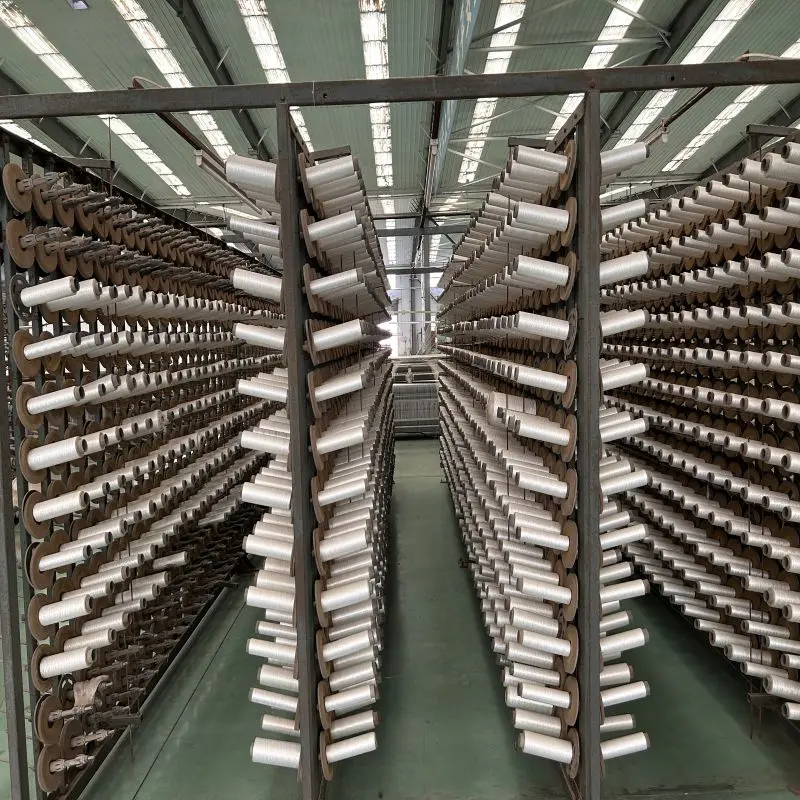
Advancement
1, Capable of producing geotextile fabric on a long silk loom with a maximum width of 6.3 meters, effectively reducing the number of seams required during construction. This enhances product performance, stability, and adaptability to various harsh environments, significantly reducing construction difficulty.
2, The equipment exhibits a high degree of automation, ensuring high production efficiency and uniform weight stability. With a maximum tensile strength of 250 kN, the product can overcome various construction challenges, expanding its applicability.
3, The rapier loom features an edge-twisting device (patent certificate) that not only saves yarn, reducing production costs, but also makes edge-twisting easy to cut. This simple operation greatly improves product qualification rates, addressing issues present in existing technologies.
Our production line stands at the forefront of global technology, ensuring unparalleled advancements in geotextile fabric manufacturing. With the capability to produce geotextiles up to an impressive 6.3-meter width on state-of-the-art long silk looms, our production process minimizes seams during construction, elevating product performance and stability in diverse environments. Boasting high levels of automation, our equipment guarantees exceptional production efficiency and consistently uniform weight. With a maximum tensile strength of 250 kN, our geotextile fabric overcomes construction challenges with ease, making it the ideal choice for a wide range of applications. Our innovative edge-twisting device, protected by a patent certificate, not only optimizes yarn usage, reducing production costs, but also simplifies trimming, enhancing product qualification rates. In essence, our production line stands as a testament to cutting-edge technology, ensuring world-class quality in every roll of geotextile fabric we produce.
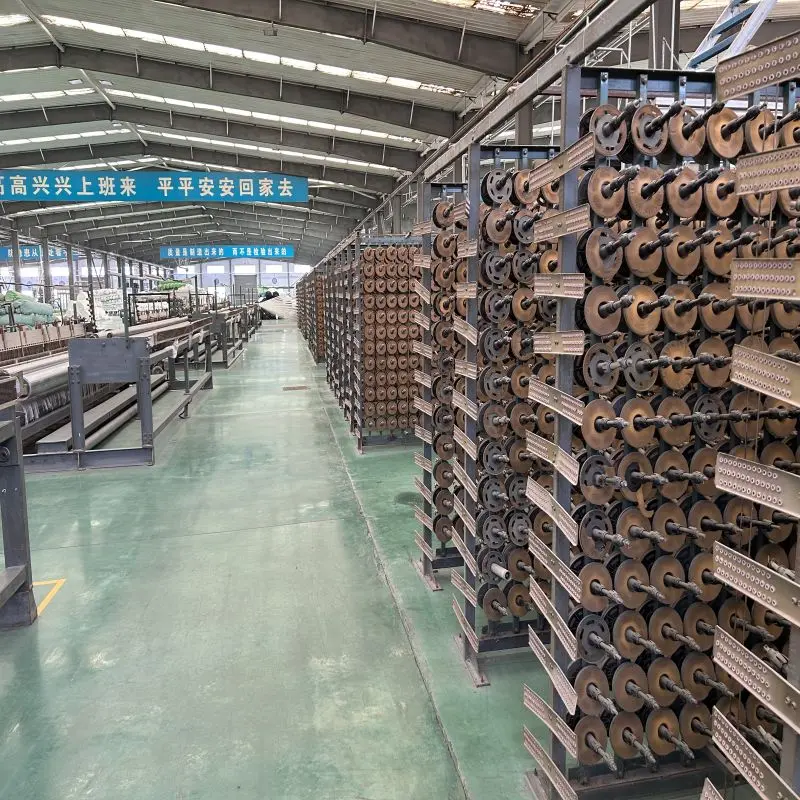
Our Team
Behind our success lies a dedicated team of professionals who bring expertise and commitment to every aspect of our operations. Our team is driven by a passion for excellence, working together seamlessly to achieve common goals.
Comprising skilled individuals in various domains, our professionals contribute their unique talents to create a dynamic and harmonious work environment. Their unwavering dedication ensures that we not only meet but exceed expectations. It's this spirit of professionalism and teamwork that forms the backbone of our success, propelling us forward in delivering high quality products and services to our valued customers.

Embarking on a global journey, we have actively participated in geotechnical exhibitions worldwide. Our presence at these international expos reflects our commitment to showcasing cutting-edge solutions in geotechnical products. Engaging with industry leaders, professionals, and enthusiasts, we share insights, exchange ideas, and contribute to the advancement of soil engineering technologies. These exhibitions not only serve as platforms to introduce our innovative products but also allow us to stay at the forefront of industry trends. Through these international showcases, we reinforce our dedication to global collaboration, learning, and the continuous enhancement of our offerings for the benefit of our customers worldwide.
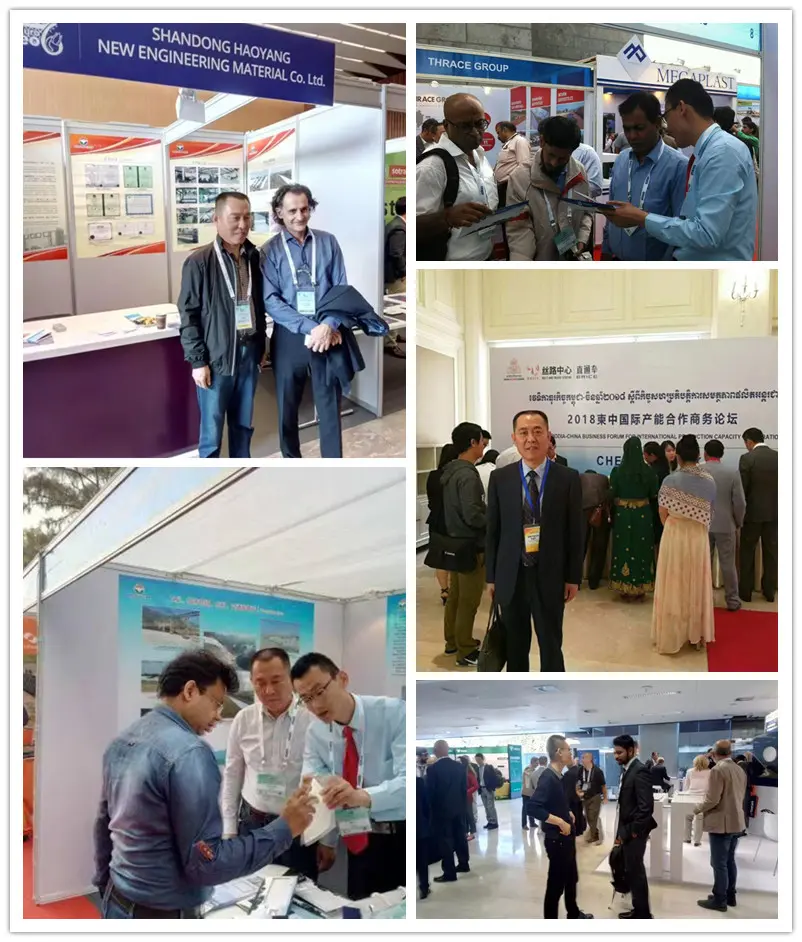
Company Advantages
Haoyang Environmental Co., Ltd. stands out with:
Expertise in Geosynthetic Solutions: Over a decade of experience in geosynthetic material R&D and manufacturing.
Comprehensive Service: From consulting and design to construction and environmental governance, we offer end-to-end solutions.
Certified Quality: ISO 9001, ISO 14001, and OHSAS 18001 certifications attest to our commitment to quality, safety, and environmental responsibility.
Innovation Leadership: Recognized as a Shandong Enterprise Technology Center and Environmental Protection New Materials Engineering Laboratory.
Explore how Haoyang's Filament Woven Geotextiles can elevate your next project. Contact our team today.
FAQ
What is the primary purpose of using filament woven geotextiles with reinforcement functions?
Filament woven geotextiles with reinforcement functions are designed to enhance the tensile strength and stability of soil structures, providing additional support and durability in geotechnical applications.
How do filament woven geotextiles contribute to soil reinforcement in civil engineering projects?
These geotextiles act as a reinforcement layer, distributing loads and reducing soil settlement. They improve the overall strength of soil structures, such as retaining walls and embankments, preventing erosion and enhancing stability.
What types of filaments are commonly used in woven geotextiles for reinforcement purposes?
Polypropylene, polyester, and nylon are frequently used filaments. These materials offer high tensile strength and durability, making them effective in providing reinforcement in various soil conditions.
In what construction scenarios are filament woven geotextiles with reinforcement functions most beneficial?
These geotextiles are particularly beneficial in projects involving steep slopes, soft soil conditions, or areas susceptible to erosion. They are also used in road construction, foundation reinforcement, and other applications where soil stability is crucial.
How do filament woven geotextiles contribute to environmental sustainability in construction projects?
By improving soil stability and reducing the need for extensive earthmoving, these geotextiles can contribute to sustainable construction practices. They minimize environmental impact, enhance project longevity, and support eco-friendly engineering solutions.
891.webp)
192.webp)
289.webp)
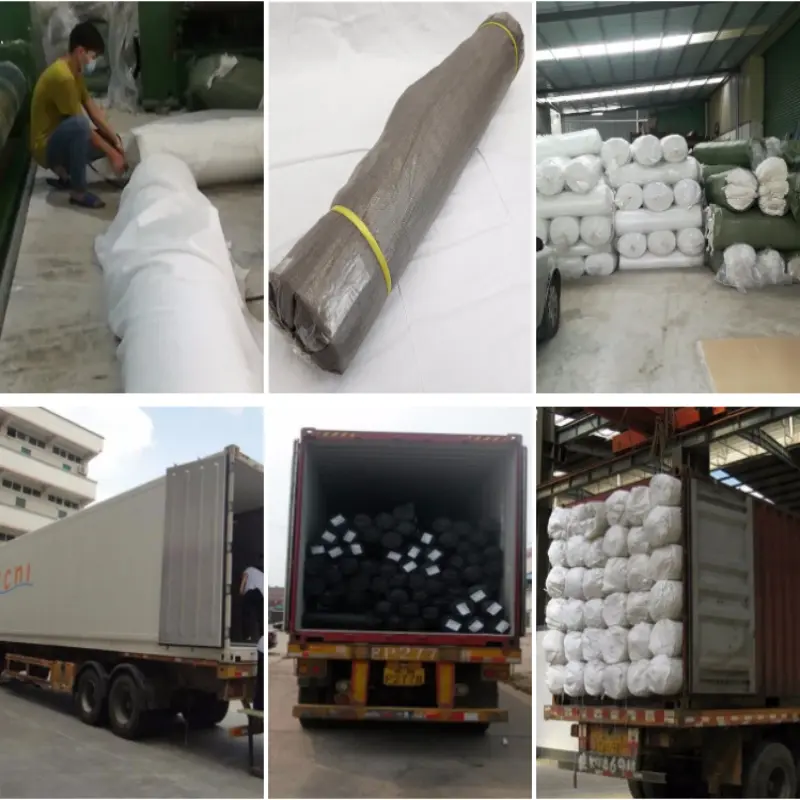
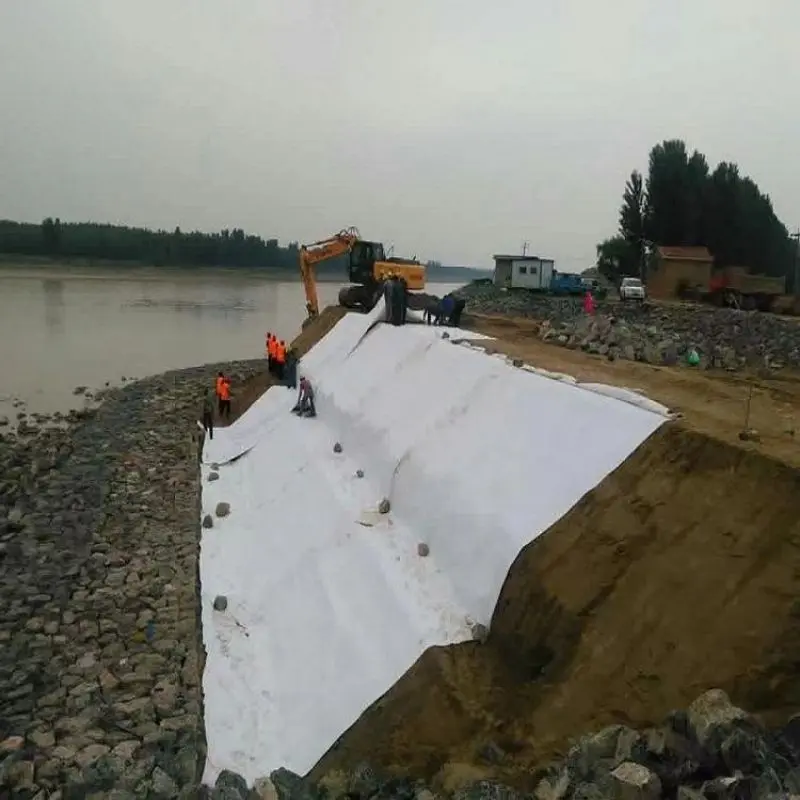
503.webp)
759.webp)
